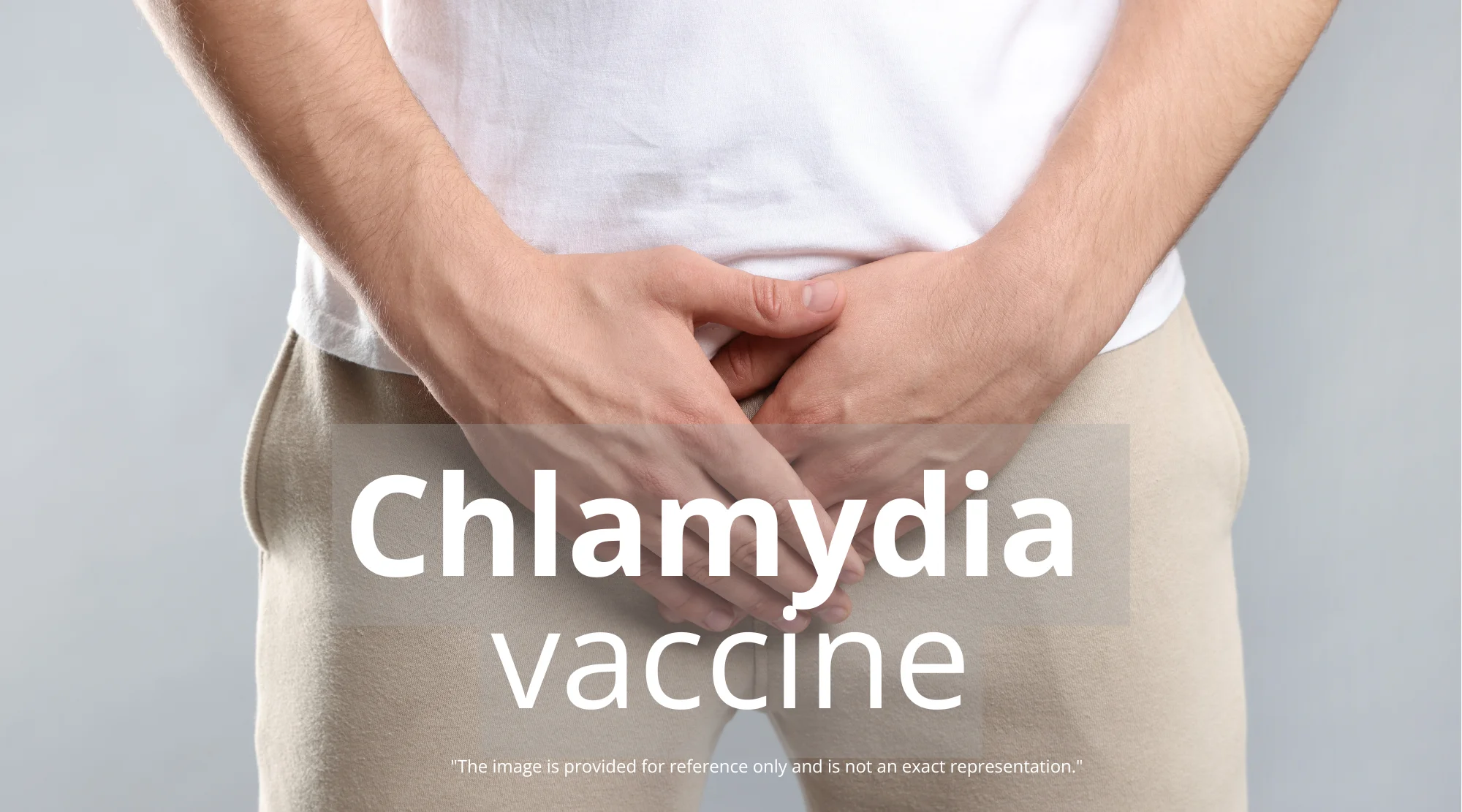A Lifeline for Koalas: How a Groundbreaking Chlamydia Vaccine is Saving a Species
Australia, home to the iconic koala, is taking a monumental step to protect these beloved creatures. A world-first vaccine, designed to combat the devastating effects of chlamydia, has been approved for widespread use. This breakthrough offers a beacon of hope for koala populations facing severe threats, potentially averting local extinctions. This article delves into the urgency of the situation, the science behind the vaccine, and the broader implications for koala conservation.

The Crisis Facing Koalas: More Than Just a Fluffy Face
Koalas, often seen as symbols of Australia’s unique wildlife, are facing an unprecedented crisis. Their survival is threatened by a confluence of factors, with chlamydia emerging as a particularly virulent challenge. This sexually transmitted infection (STI) is decimating koala populations, contributing to a significant number of deaths and hindering their ability to reproduce.
Chlamydia isn’t just a health issue; it’s an extinction accelerator. Infected koalas suffer from a range of debilitating symptoms, including:
- Urinary Tract Infections (UTIs): These can cause significant pain and discomfort, hindering their mobility and overall well-being.
- Infertility: The infection impairs the reproductive systems of both male and female koalas, drastically reducing their capacity to produce offspring.
- Blindness: Chlamydia can lead to severe eye infections, causing blindness and further reducing the koalas’ chances of survival in the wild.
- Death: In severe cases, the disease leads to organ failure and ultimately, death.
The consequences are dire. In some regions, infection rates within koala populations have skyrocketed, with figures reaching as high as 70%. This is pushing individual colonies closer to local extinction. While chlamydia is a critical issue, other factors compound the koala’s precarious existence. Habitat loss due to deforestation and development leaves them with shrinking territories and fewer resources. Attacks by predators and collisions with vehicles contribute to mortality rates. Adding to this, the devastating impact of bushfires, which have become increasingly frequent and intense in recent years, compounds the koala’s struggle for survival. These fires not only directly kill koalas but also destroy their habitat, making it more challenging for them to find food and shelter.
The Chlamydia Vaccine: A Scientific Triumph
The development and approval of the chlamydia vaccine represent a significant breakthrough in conservation efforts. For over a decade, researchers at the University of the Sunshine Coast (UniSC) have dedicated themselves to creating a safe and effective solution to combat this devastating disease. The vaccine is a single-dose injection, making it practical for use in both wild and captive koala populations.
The vaccine’s effectiveness has been rigorously tested. Initial trials involved hundreds of koalas, and the results have been remarkably encouraging. The vaccine has been shown to:
- Reduce the likelihood of koalas developing chlamydia symptoms during their breeding years.
- Decrease mortality rates within wild populations by at least 65%.
- Prevent the progression of the disease and, in some instances, even reverse existing symptoms.
This vaccine uses a specific protein from Chlamydia pecorum. It triggers an immune response that protects the koala from the harmful effects of the disease.
The vaccine’s approval by the Australian Pesticides and Veterinary Medicines Authority is a momentous achievement. It paves the way for large-scale vaccination programs, offering a fighting chance for the survival of koalas across Australia.
Beyond the Vaccine: A Holistic Approach to Koala Conservation
While the chlamydia vaccine is a crucial tool, koala conservation requires a multifaceted approach. It is essential to address the root causes of their decline. Several measures are necessary:
- Habitat Protection and Restoration: Protecting existing koala habitats, including eucalyptus forests, is a top priority. Reforestation projects and habitat restoration initiatives can also play a significant role in expanding their living space.
- Reducing Human Impact: Minimizing human-related threats, such as vehicle collisions and habitat destruction, is essential. This includes measures like wildlife corridors, speed limits, and responsible development practices.
- Combating Climate Change: Climate change exacerbates the threats to koalas by increasing the frequency and intensity of bushfires and impacting the quality of their food source. Actions to mitigate climate change, such as reducing greenhouse gas emissions, are crucial for their long-term survival.
- Disease Management and Research: Continued research is vital, not just in refining the existing vaccine, but also in developing new treatment and prevention strategies. Monitoring koala populations for disease outbreaks and providing veterinary care are essential.
- Community Engagement and Education: Raising public awareness about the challenges faced by koalas is crucial. This can be achieved through educational programs, community outreach, and collaborations with conservation organizations.
By addressing the underlying threats and adopting a comprehensive approach, we can create a sustainable future for these magnificent creatures. It’s also a good time to review your own health and seek ways to live a healthier, more balanced life. For example, read about strategies to boost your mental well-being, consider the “3 Science-Backed Habits for Young Adults” in our other article on Boost Your Mental Well-being: 3 Science-Backed Habits for Young Adults.
The Future of Koala Conservation: A Call to Action
The chlamydia vaccine marks a turning point in the fight to save koalas. However, this is only the first step. Sustained efforts are needed to ensure a brighter future for these iconic marsupials.
The success of this initiative highlights the power of scientific innovation and collaboration in addressing conservation challenges. It demonstrates the importance of investing in research, developing effective treatments, and working together to protect vulnerable species.
What can we do?
- Support conservation organizations: Donate to reputable organizations working to protect koalas and their habitats.
- Spread awareness: Share information about the threats facing koalas and the importance of conservation efforts.
- Advocate for change: Contact your elected officials and urge them to support policies that protect koalas and their habitat.
- Make informed choices: Support sustainable practices and make environmentally conscious choices in your daily life.
The survival of the koala depends on our collective action. By supporting conservation efforts, raising awareness, and advocating for change, we can help ensure that future generations have the opportunity to admire these remarkable animals in their natural habitat. The vaccine can help combat chlamydia in koalas, but protecting their habitat and addressing climate change remain key to their long-term survival. As you consider ways to help the koalas, you might also consider your own health and well-being. Consider the advice in this blog about “Healthy Aging: Proven Strategies for a Vibrant and Fulfilling Life” to ensure you are actively taking steps to improve your health.
The Science Behind the Vaccine: Diving Deeper
Understanding the scientific principles behind the chlamydia vaccine offers further insight into its effectiveness. The vaccine is based on the major outer membrane protein (MOMP) of Chlamydia pecorum. The MOMP is a crucial component of the bacteria’s outer structure. The vaccine introduces this protein into the koala’s system, triggering an immune response without causing the disease.
Here’s how the vaccine works:
- Exposure to MOMP: The vaccine introduces the MOMP from Chlamydia pecorum into the koala’s body. This doesn’t cause infection because the MOMP is a protein component, not the live bacteria.
- Immune System Activation: The koala’s immune system recognizes the MOMP as a foreign substance and starts producing antibodies specifically designed to target it.
- Protective Antibodies: These antibodies circulate in the koala’s system. They are ready to bind to the real chlamydia bacteria if the koala is exposed.
- Disease Prevention or Reduction: When the koala encounters Chlamydia pecorum, the antibodies bind to the bacteria, preventing the infection from taking hold or reducing the severity of the disease.
This method, based on activating the animal’s own immune system, is an example of how medical research is applied to the animal kingdom.
You can apply this preventative approach to your own life, too. Read more about how to proactively protect your health with the help of the blog at Securing Your COVID-19 Vaccine: A Comprehensive Guide to Eligibility, Access, and Protection.
The Role of Conservation Partners: A Collaborative Effort
The success of the koala chlamydia vaccine isn’t solely attributable to scientific innovation. It’s also a testament to the power of partnerships and collaboration. Universities, veterinary experts, conservation organizations, and governmental bodies have worked together to achieve this remarkable breakthrough.
Here’s a glimpse of the collaborative approach:
- University Research: The UniSC spearheaded the research and development of the vaccine, utilizing its expertise in microbiology and veterinary science.
- Veterinary Professionals: Veterinarians played a crucial role in administering the vaccine, monitoring the health of koalas, and providing essential care.
- Conservation Organizations: Organizations such as the WWF Australia, as well as other local conservation groups, provided valuable support, resources, and on-the-ground assistance. They also helped in implementing the vaccination programs.
- Governmental Support: Government agencies, like the Australian Pesticides and Veterinary Medicines Authority, provided the necessary approvals and regulatory oversight.
These collaborative efforts underscore that effective conservation often requires a combined approach, drawing on diverse skills, resources, and expertise. It also demonstrates that the most effective measures for conservation often involve a multi-disciplinary approach. This kind of cooperation can serve as a model for other conservation endeavors across the globe. Just as collaborations lead to positive conservation results, people’s daily efforts to promote a healthy lifestyle can deliver remarkable health outcomes. Consider the advice in “Top 10 Destinations for a Happy Vacation: Boost Your Well-being in 2024” to improve your own well-being.
Challenges and Future Directions
While the chlamydia vaccine marks a significant advancement, challenges remain. The vaccine is effective against chlamydia, but koalas continue to face threats from other diseases, habitat loss, climate change, and human activities. The next steps in conservation will focus on several critical areas.
- Optimizing and Refining the Vaccine: Scientists are constantly seeking ways to refine the vaccine, improve its efficacy, and extend its duration of protection.
- Expanding Vaccination Programs: The rollout of the vaccine needs to be expanded to include more koala populations across Australia, to protect as many animals as possible.
- Addressing Habitat Loss: Implementing strategies to protect and restore koala habitats is essential for their long-term survival.
- Combating Climate Change: Taking decisive action to mitigate climate change is a must to safeguard koalas from the impacts of bushfires and habitat degradation.
The conservation of koalas requires both immediate actions and a long-term commitment. The research into the chlamydia vaccine offers a promising pathway, but only integrated and long-term efforts will protect koalas. The world needs to stay committed to their long-term health and survival. It is also time for individuals to take their own health more seriously, as well. Be sure to read the blog post Health Habits to Ditch Now: Expert Tips for a Healthier You for more helpful information.
Conclusion: A Moment of Hope, a Call for Action
The approval and rollout of the chlamydia vaccine represent a significant victory in the fight to save koalas. It is a testament to the power of scientific innovation and the tireless dedication of researchers, veterinarians, conservationists, and government agencies. While the vaccine offers a crucial lifeline, it is not a silver bullet. The future of the koala depends on a sustained and multifaceted approach, one that tackles the root causes of their decline and fosters a deep commitment to their long-term survival. As the world celebrates this moment of hope, the call to action is clear: **We must continue to support conservation efforts, raise awareness, and advocate for policies that protect these iconic creatures and their precious habitat











Post Comment